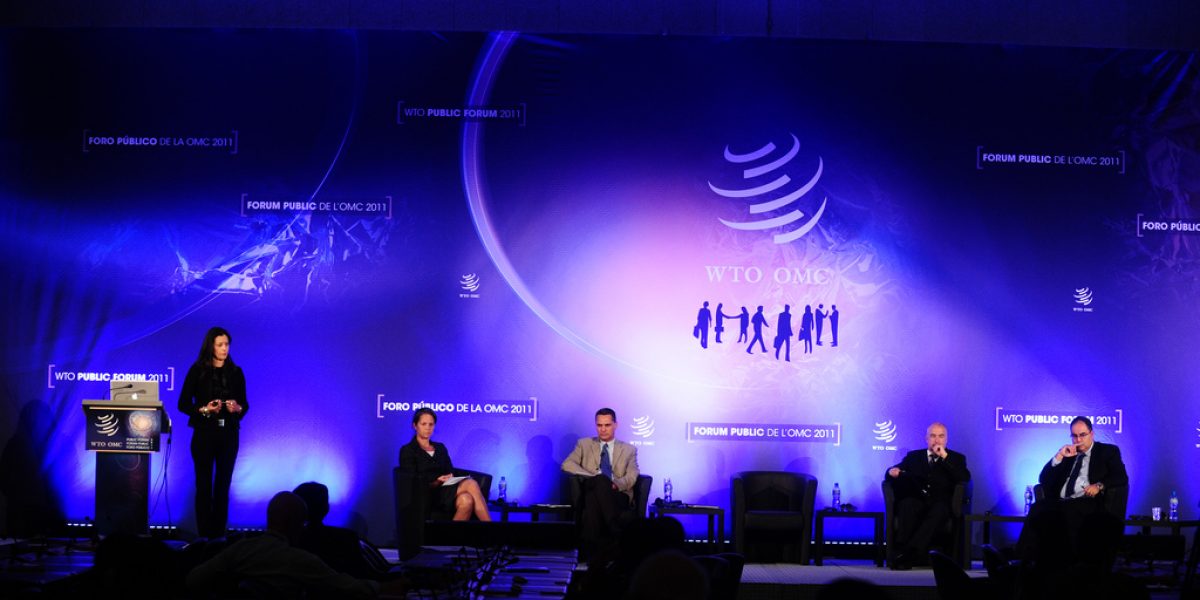In 2005, the World Trade Organization (WTO) Ministerial meeting in Hong Kong agreed to strengthen the link between these two issues with the launch of the Aid for Trade initiative.
The aim was to promote additional development assistance, especially to least-developed countries, in order to help them better participate in the world trading system. This included building supply-side capacity and trade-related infrastructure so that developing countries could export more. One of the rationales behind aid for trade is the sense that developing countries had not been able to take advantage of the opportunities offered by the WTO system as well as the market access preferences given by partners such as the European Union and United States of America.
The claim of the third high level review of aid for trade that took place in Geneva recently is that we are starting to see some results for least-developed countries. The WTO and Organisation for Economic Co-operation and Development (OECD) estimate that aid for trade funding in 2009 reached US$12.1 billion. This marked a significant increase of approximately US$5.5 billion when compared to average expenditure between 2002 and 2005 – the period before the aid for trade initiative was launched. Some of the key themes discussed at this year’s review included the role of the private sector in aid for trade, linkages between aid for trade and other development debates (such as the Millennium Development Goals and climate change), innovative sources of financing to ensure that aid for trade does not displace other forms of ODA, the role of emerging development partners, and how aid for trade can be used to support regional economic integration among developing countries.
In addition, the high level review this year moved beyond simple consideration of the statistics and the amounts of aid to consider more deeply issues of monitoring and evaluation. Discussion started to raise questions around the impact – what has changed with the additional resources now available to developing countries to assist with trade-related issues? Providing answers to this question is particularly challenging in the current global economy and it is not sufficient to simply consider the figures provided by the WTO and OECD.
To assess the real impact and effectiveness of aid for trade there must be both quantitative and qualitative analysis at the country level. This need to go to the local level was highlighted in the 2008 Aid for Trade Report and at this year’s review there were hundreds of case stories presented on specific projects. These were useful for giving a snapshot of the type of activities that are covered under the scope of aid for trade but did not often go into much depth on the impact.
The International Centre for Trade and Sustainable Development is developing a comprehensive methodology for conducting independent evaluation of the effectiveness of aid for trade at the national level (www.ictsd.org). Over the last seven months SAIIA has been piloting this approach in Malawi and Mauritius. The research has made it clear that significant value can be added to global discussions through on the ground analysis of local data and direct engagement with stakeholders, including government officials, business and donors. It is not possible to define what aid for trade means for a developing country without considering the true national priorities and how aid for trade can be used in support of achieving these.
What is clear both from the high level review as well as the research we have been doing with ICTSD is that much of the aid for trade funding to date has been directed towards infrastructure development. This is a priority for many African countries and will no doubt have a positive impact in the long-run including on the overall business environment through reduced transaction costs. In the short-term however it can in fact result in negative trade impacts on paper with trade deficits increased to support the importation of materials for large infrastructure projects.
It is much more difficult to show a direct co-relation between such spending and increases in exports. In the meantime, aid for trade is struggling to address supply-side constraints in many countries which would see an increase in ability to trade. There has been little consideration given to the role of the private sector and how aid for trade can work with broader support for private sector development. More coordination, cooperation and creative thinking is required if we are to be able to record even better results at the next high level review of aid for trade.








